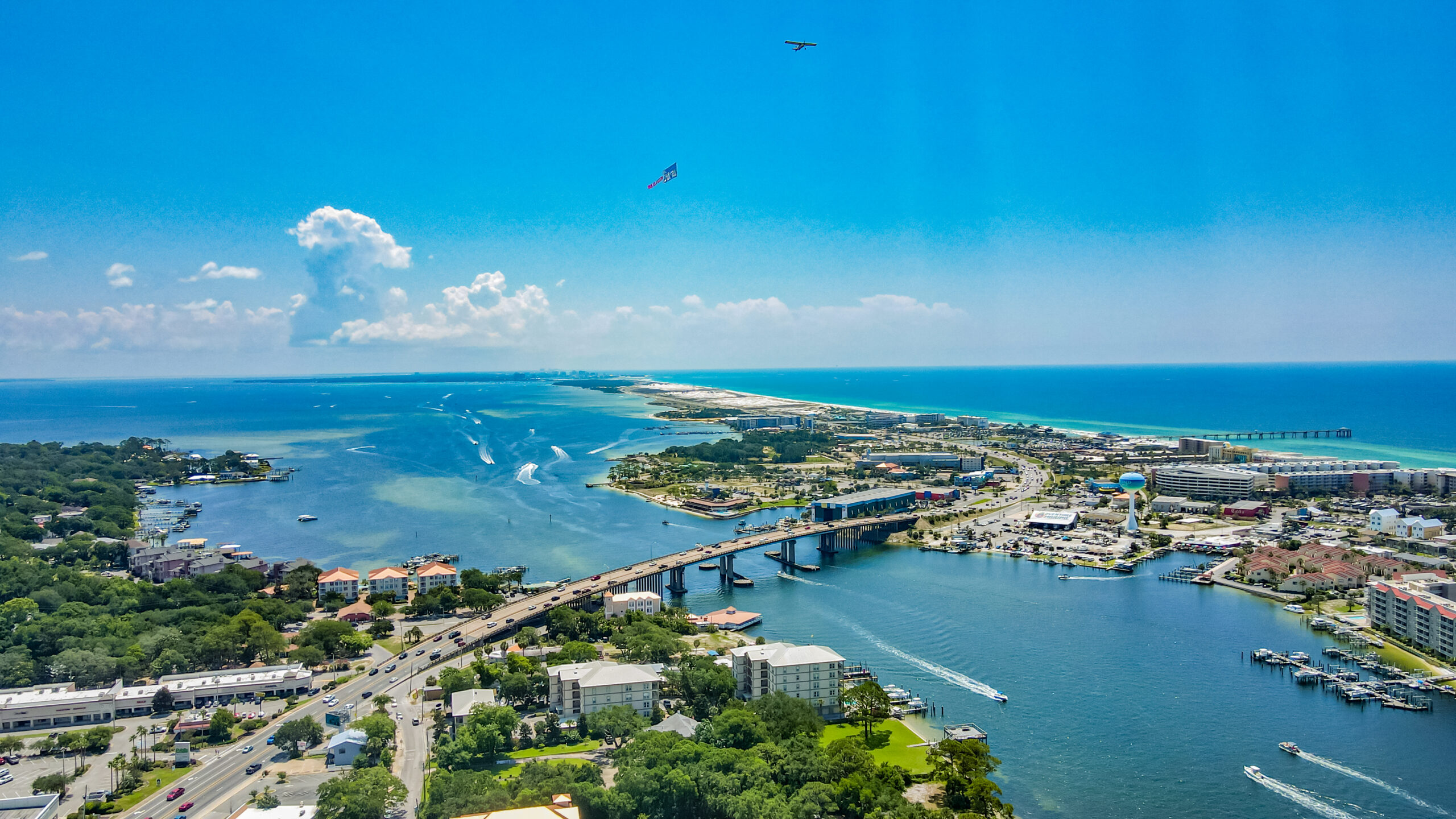
Injury Overview
Frozen shoulder, also known as adhesive capsulitis, is a condition characterized by inflammation and stiffness in the shoulder joint which can restrict motion and cause chronic pain. Also referred to as “stiff shoulder”, this condition develops when the soft tissue of the shoulder joint begins to thicken and contract as a result of the formation of scar tissue. The scar tissue (referred to as “adhesions”) creates the loss of motion. The condition usually comes on slowly, but generally worsens over time. With the right treatment, frozen shoulder usually can be corrected and the symptoms alleviated.
Symptoms
The most common symptom of frozen shoulder is pain, which is typically described as dull or aching. It is worse early in the course of the disease and is usually located over the outer shoulder area and sometimes the upper arm. Limited mobility, shoulder weakness, and loss of movement of the joint are also major symptoms associated with frozen shoulder.
Diagnostic Testing
Dr. Anz may suspect frozen shoulder during a routine examination and after questioning of your past medical history. An X-ray or an MRI may be performed to see whether symptoms are from another condition such as arthritis, rotator cuff tear, or a broken bone.
Treatment
Non-Surgical
Treatment for frozen shoulder usually starts with basic activities including rest, ice, and medication. Physical therapy is often very effective in treating frozen shoulder, especially when combined with steroid injection. These treatments should help the return of motion and function to the shoulder.
Surgical
If conservative treatments are not curing the frozen shoulder over a period of time, Dr. Anz will perform arthroscopic shoulder surgery to repair the condition. Prior to surgery, he may attempt a manipulation procedure under anesthesia, where he will force the shoulder joint to move, causing the capsule and scar tissue to stretch or tear. This releases the adhesions and increases range of motion. During arthroscopic surgery, Dr. Anz will attempt to cut some of the tight tissues around the shoulder and relieve the pressure.
Post-Op
Following arthroscopic shoulder surgery, patients will need to adhere to a rehabilitation program as instructed by Dr. Anz. This will involve specific exercises and movements over a distinct period of time. It’s in the patient’s best interest to complete rehab and work with Dr. Anz towards a complete recovery.
For additional resources on available treatment for frozen shoulder, please contact the Gulf Breeze, Florida orthopedic surgeon, Dr. Adam Anz located at the Andrews Institute.




